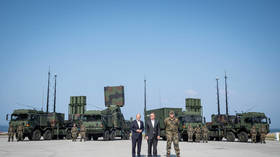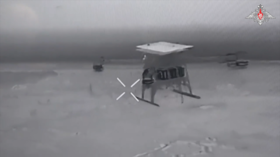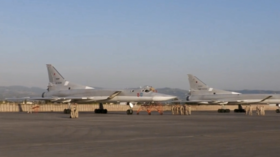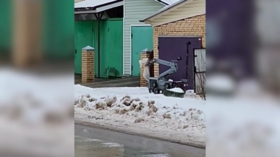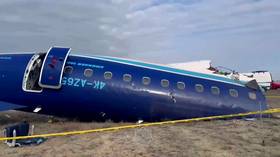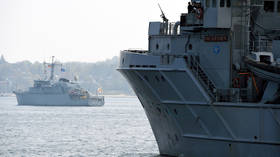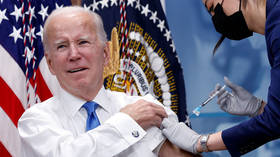Vote fraud freeze frame: Funds, facts and faults
In an unprecedented move, the watchful eyes of webcams are being set up across Russia ahead of next month's presidential elections. Streaming online from polling booths on March 4, they are meant to add transparency to the democratic process.
The initiative came from Prime Minister Vladimir Putin following Russia’s largest protest in decades late last year when tens of thousands took to the streets to vent their anger over vote-rigging in the State Duma poll of December 4.Fitting over 90,000 polling stations with at least two HD webcams, a computer, an emergency power supply and an uplink has the price tag of about half a billion US dollars. The Communications Ministry says it is a long-term investment which could have future applications. The webcams could be used to monitor state school exams, since many Russian polling stations are based inside schools.“The system is not being made only for one day. We hope this project won't only develop election technologies, but will also help modernize the telecommunications infrastructure across the entire country,” Communication Minister Igor Shchegolev explained.All cameras will feed videos to local digital storage facilities. After computer processing, they will be sent on to seven larger storage and distribution centers via cable, radio and satellite.These centers will then broadcast the information to several web portals. The one to be used by the general public will only require an account with Facebook, Twitter or one of Russia’s larger domestic social networking sites.Journalists will have their own access to the streamed videos, although it is not clear whether they will have any special privileges as compared to ordinary users.It is planned that every ballot box will be monitored by two cameras – one with a general view and another with a close-up of the slot. It is estimated that altogether the cameras will film and broadcast 490 years of video information in high quality.The videos will be broadcast in real time, starting as the stations open and continuing throughout the day. The material will also be available in an archive from an hour after streaming begins. The system is designed to serve 25 million users, with 60,000 viewers being able to monitor each individual camera at any one time.The idea is to make the vote more transparent, but already some sceptical voices have been raised. “I’m sure the observers won't be able to check in advance if these cameras will work or not,” one of the citizen observers told RT.Another said: “Everyone knows about cameras in supermarkets. But this still doesn't stop robberies from happening.”A further point of criticism is that despite Putin’s call to have all polling stations equipped with cameras, some are being left out of the initiative. Mostly these are very remote stations where setting up a reliable communications link would cost too much time and money. Polling stations in Russian embassies overseas will also not be fitted with webcams.There are many ways to rig a vote and the cameras do not provide a 100 per cent guarantee against that. But using them should still make it much more difficult to stuff boxes.It is difficult to assess in advance how effective the cameras will be. In any event, they are not being seen as a replacement for actual observers on the ground.


